I'm looking for a good way to power a single LED with a coin battery (CR2032). Here are some of the requirements/characteristics of the system I'm trying to add this LED to:
- I don't need full brightness (low to medium is enough)
- The longer the battery lasts, the better
- The space is constrained, so:
- Fewer/smaller components are favorable
- There's not much opportunity for heat dissipation
- The color of the LED is not important
- If the brightness can be varied it is welcomed, but not necessary at all
What would be the best way for achieving this?

